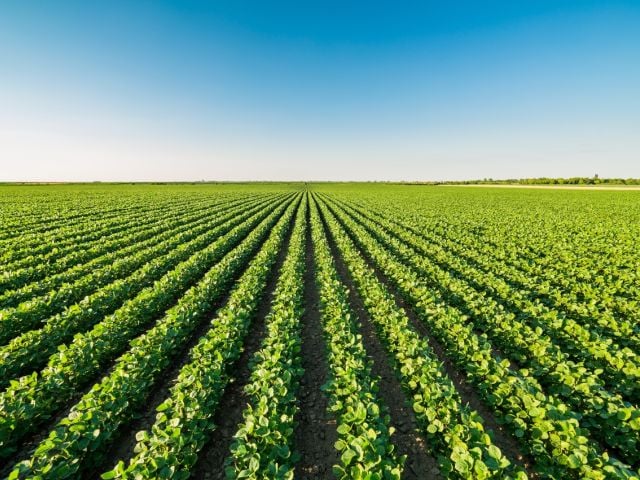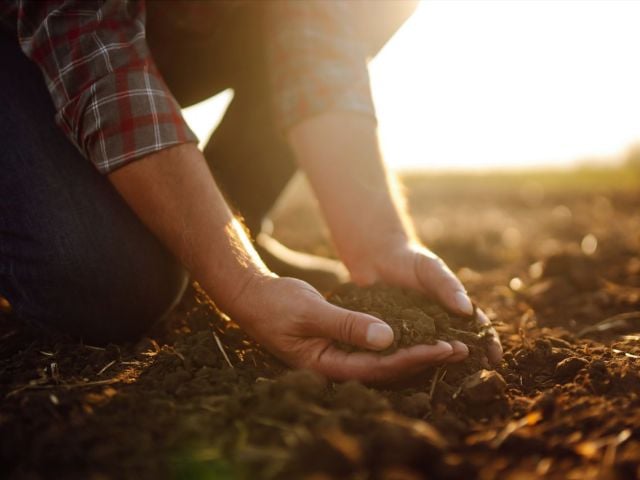Pioneer Press
Published June 11, 2007
Downtown Minneapolis is a little low on farmland. But it turns out to be full of farmers.
Despite its skyscrapers and traffic jams, Minneapolis has more than 1,000 people who've recently collected farm payments from the U.S. Department of Agriculture. That's according to an updated database that will be made public today by a group that's critical of farm subsidies.
The database offers an intriguing look at how farm payments are disbursed. Some 115 residents of Wayzata have received USDA checks, as have 28 residents of North Oaks. To the Washington-based Environmental Working Group, which sued to get access to the data, it points up some of the many shortcomings of today's farm policy.
"It really does raise the question of why shouldn't we at least impose some sort of reasonable test of means before we dispense all this money," said Ken Cook, the group's president. Cook hopes the new information will spur changes as Congress and the Bush administration consider a new multibillion-dollar farm bill.
Cook doesn't let rural areas off the hook, either, and is especially critical of mega-farms that have snared hundreds of thousands in taxpayer dollars. In all, $2.1 billion in taxpayer dollars came to Minnesota between 2003 and 2005, making the state the fifth-largest recipient of farm subsidy dollars.
Iowa was first, followed by Texas, Illinois and Indiana. Wisconsin ranked 17th, collecting $790 million over the same period.
It's no secret that wealthy people can get farm subsidies, but starting today, the revamped database will make it easier to see who's really getting the benefits. Rather than sifting through a complex web of corporations, partnerships and other business entities, the USDA has assigned a specific dollar amount to the individuals behind the businesses.
Starting this afternoon, all the information will be posted online at www.ewg.org.
Among the VIP farmers are Texas oil billionaire Lee Bass, who qualified to receive $242,787 in subsidies, and former NBA star Scottie Pippen, who received $78,945 in conservation subsidies for land he controls in Arkansas.
According to the Environmental Working Group's analysis of the new data, just 10 percent of farmers received 66 percent of federal farm payments. But those figures don't trouble everyone.
"That's probably in the same proportion as the food they produce," said House Agriculture Committee Chairman Rep. Collin Peterson, D-Minn. "That's the way it's designed to work. I have more concern about landowners who are not farmers getting payments."
The largest collector of farm subsidies in Minneapolis was listed as the Nature Conservancy, which collected $384,000 during that three-year period. Officials there could not be reached for comment late Monday.



